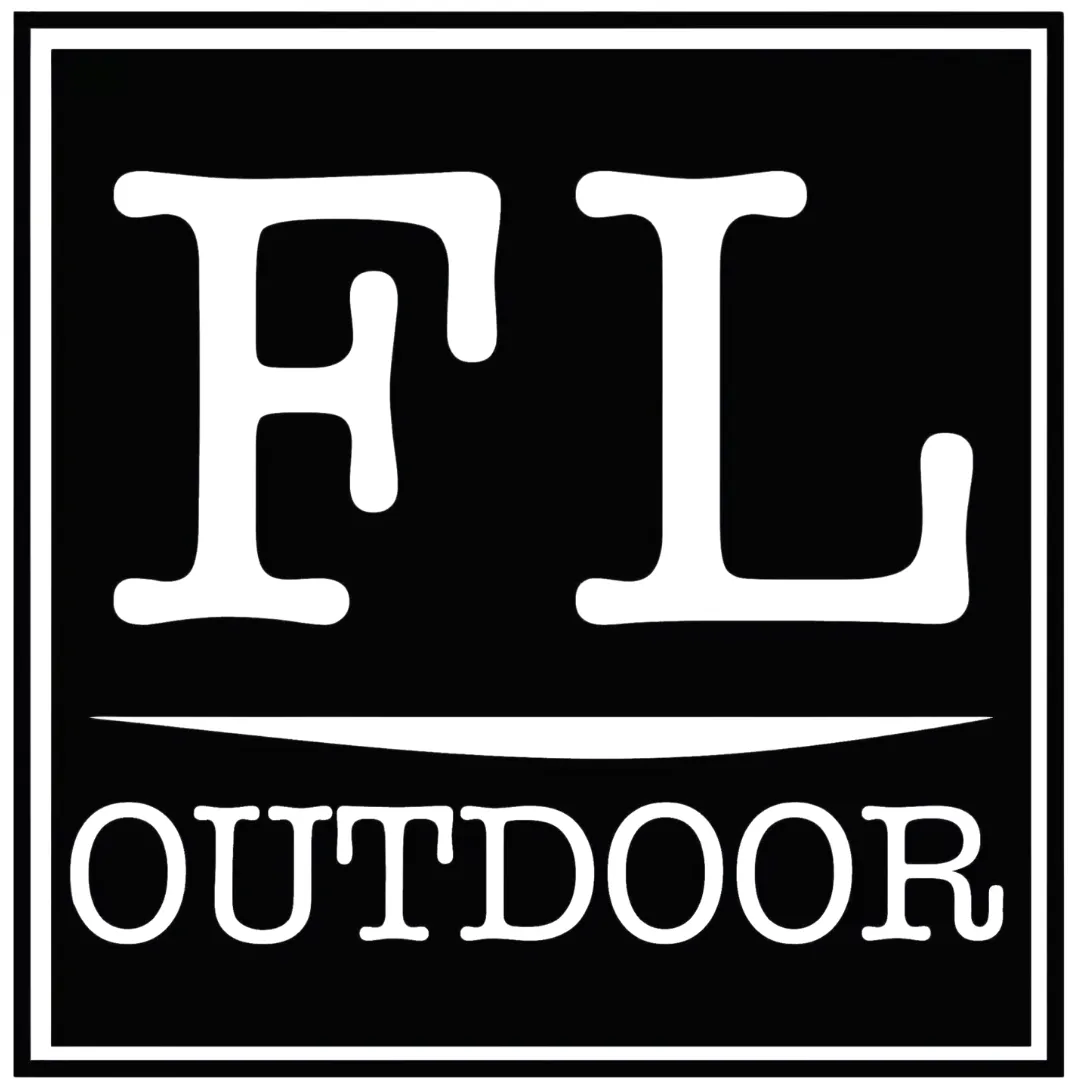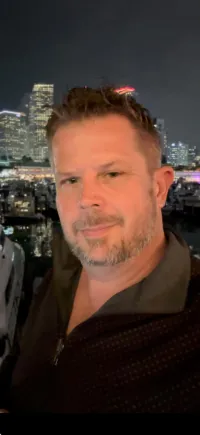FREEQUENTLY ASK QUESTIONS
Got Questions About Motorized Screens or Pergolas
Florida Living Outdoor has the answer. Below is a list of the most commonly asked question by homeowners in Florida Owners when trying to improve their outdoor spaces. Don't find it here in the FAQ. Talk with FLO. Simply fill out the chat widget.
What is your phone number?
Florida Living Outdoors’s phone number is (321)830-5660. Feel free to call anytime.
How do I schedule an appointment?
You can call the office or schedule a free 20-minute phone consultation online or schedule an appointment at the following calendar link https://floridalivingoutdoor.com/enhance-and-extend-outdoor-spaces/
Where is your office located?
Our office is located outside of Oviedo Florida, but we service the East Coast from New Smyrna Beach to Palm Coast and Central Florida from Oviedo to Mt Dora.
How do I get a quote?
You can call the office or schedule a free 20-minute phone consultation online or schedule an appointment at the following calendar link https://floridalivingoutdoor.com/enhance-and-extend-outdoor-spaces/
How long has Florida Living Outdoor been in business?
The owner of Florida Living Outdoors has been in the Outdoor Service industry for over 23 years. We are good at what we do.
What does Florida Living Outdoor do?
FL Outdoor specializes in protecting and creating smart and usable outdoor spaces that your family can enjoy.
Do you have a showroom?
No. 99.5% of its business is done in a homeowner’s backyard. We have sample demo kits and brochures to create an understanding of the product. If you move forward, we can order a life-like rendering.
Do the screens come in different shades and colors?
The housing units come in five colors: black, white, gray, bronze, and beige. The screen mesh color varies.
What is a rendering:
A rendering is a lifelike photo of your home with the desired product applied. They look real. It cool.
Is there a place where I can see motorized screens?
Yes. I’m sure we can talk to one of our clients and see theirs.
What is in an in-home consultation?
We simply need to schedule a time and one of our estimators will come out and meet with you. They will take detailed measurements and find out your wants, needs, and desires.e.
Are all motorized screens the same?
No. Motorized Screens serve different functions such as bug, solar, or storm protection.
What makes MagnaTrack so special?
That is easy. MagnaTrack uses free-floating inner tracks that release and reattach with opposite pull neodymium magnates. Combined with ballistic fiber the screens can stop a 2” x 4” traveling at fast speed.
What are the five basic components of a motorized screen?
The housing unit, track, and weight bar are the same.
How important is the screen mesh?
The screen mesh can be as simple as something for bugs or maybe you need a solar screen to block damaging UV rays. They even make screen mesh with ballistic fiber that is meant for high wind load zones.
Do I have to be home for the consultation or estimate?
Yes. You need to be there. These products are highly customizable, and we need to know your wants, needs, and desires.
Can I get a price or quote over the phone?
No. These products are highly customizable, and prices may vary depending on your needs, wants, and desires.
How much does motorized screens and pergolas cost?
The MagnaTrack system is highly customizable. Every project is different, Openings vary and the sub-strip of the unit is being attached.
How big of an opening can the motorized screen fit into?
MagnaTrack motorized screens can span 30’ and up to 20’ in height.
What is your lead time on motorized screens?
Start to finish currently they are 8 – 10 weeks.
Which is better MagnaTrack or Phantom?
Well, the simple answer is MagnaTrack Motorized screens. Not because I say so, but because MagnaTrack is not a zipper track-based system. MagnaTrack Possesses free-floating inner tracks held together by rare earth neodymium magnets. Simply put, it takes 500 Lbs. of pressure to dislodge the screen for the sidetracks. The competitors are only 30 lbs. Who needs service calls?
Do you carry hurricane screens?
Yes. We carry the Defender Series by MagnaTrack.
What type of motorized screens do you carry?
We carry the MagnaTrack Motorized screens Manufactured by Progressive Screens. The track system is the same, but the screen is configured to protect against, bugs, UV-Ray, rain, and storms.
Does the Hurricane Defender have a product approval code?
Yes. The Hurricane Defender has a product approval code. It has the Florida Product Approval #F30798
Are the Motorized Screens Miami Dade approved?
No. But the MagnaTrack Motorized Screen system meets or exceeds Miami Dade and Florida building code requirements for roll-down hurricane screens. Therefore, it can be installed in Miami-Dade.
Do install screen enclosures around pools or patios
No. We do not build or install screen enclosures around swimming pools. We specialize in protecting and creating outdoor spaces with a click of a button.
Do you replace screen pool enclosures or blowout screens.
No. We do not.
Do you repair other company’s motorize screens?
Nope. We are a MagnaTrack Dealer. We do not carry Phantom, Horizons, or Fintech. We carry the number one screen in the world. MagnaTrack.
What type of pergolas do you carry?
We carry and install Azenco-Outdoors pergolas. They are known for the louver roofs and anti-leak system aka R-blade. They also carry R-shades.
Are the Azenco-Outdoor pergolas Miami Dade approved?
Not Yet, but we are working on it. It looks like June.
What colors do the pergolas come in?
There are three colors to select from such as black, white, and grayish bronze.
How big are each pergola zone?
A louver roof zone can go 23 feet long by 15 wide. Solid roof pergolas can cover 22 feet by 22 feet.
HERE ARE A FEW THINGS THAT YOU MIGHT BE INTERESTED IN

What does the ASTM Mean When It Comes To Hurricane Screens?
Breaking Down ASTMs And Motorized Hurricane Screens
You’ve probably seen it stamped on technical specs or tossed into marketing copy like some magic badge: ASTM certified. But what does that really mean when it comes to motorized hurricane screens? And more importantly — why should it matter to you as a homeowner, especially if you live in a hurricane-prone area like Florida?
Lets Break It Down
Simply. ASTM stands for the American Society for Testing and Materials. It’s a globally recognized organization that sets the official testing standards for all sorts of building materials — from concrete and steel to, yes, your motorized hurricane screen system. Think of ASTM like the referee of the building world. It doesn’t make the products; it creates the rules that products have to pass if they want to claim they're storm-ready. If a screen system hasn’t been tested against ASTM standards, it might look great — but it hasn’t proven it can perform when it really matters.
What ASTM Standars Matter When It Comes to Motorized Hurricane Screens.
Now, there are three specific ASTM tests you’ll hear about when it comes to hurricane screens: ASTM E330, E1886, and E1996. Each one plays a different role in the “storm training course” your screen has to go through.
Let’s start with ASTM E330.
This test is all about static wind pressure. It measures how well a product holds up when constant force is applied — like when hurricane-force winds press against your screen for hours. Picture yourself leaning into a door with your full body weight. Can it stay upright without flexing or popping off? That’s what E330 simulates — only with the kind of wind you'd expect in a 150+ mph storm.
Then there’s ASTM E1886
This Test introduces impact and pressure cycling. In the first phase, the screen gets slammed with a flying object — usually a 2x4 shot out of an air cannon to simulate debris in a hurricane. But the test doesn’t stop there. Next, the screen is subjected to a series of pressure cycles, mimicking the suction and force changes caused by wind gusts during a real storm. It’s like getting punched in the gut and then asked to run a marathon. If the screen holds up through both phases, it passes.
Finally, ASTM E1996
This test defines the level of impact resistance your screen is actually rated for. It’s essentially the grading system. This standard outlines how big and how fast the “missile” (like a wood plank or metal object) can be while still keeping your screen intact. Levels range from A to E — with Level D or E being the toughest, reserved for the most hurricane-prone zones like Florida’s coastline. If you live in a high-velocity hurricane zone (HVHZ), you want nothing less than this level of certification.
So... Why should you care about all this alphabet soup of testing codes when it comes to motorized hurricane screens?
Because marketing terms like “hurricane-rated” or “storm-tough” or "Wind Abatement" are meaningless without proof. Unless a screen has passed ASTM E1886, E1996, and E330, it hasn’t been through real-world simulation. It might flutter in the wind, tear under pressure, or even collapse in a storm. And in Florida, that could mean thousands in property damage — or worse, injuries caused by flying debris or structural failures.
Before you buy a screen system, ask the tough questions. Has it been tested? What standard? What level of impact? Can they show you a product approval or certification report? If not, move on.
Because when it comes to hurricane protection, you don’t need buzzwords — you need backed-up performance. You need proven results.

Cited Sources:
ASTM Testing Standards
ASTM E1886 – Standard Test Method for Performance of Exterior Windows, Curtain Walls, Doors, and Impact Protective Systems Impacted by Missile(s) and Exposed to Cyclic Pressure Differentials
🔗 https://www.astm.org/Standards/E1886.htm
— Defines the procedures for missile impact and cyclic pressure testing of building envelope systems.
ASTM E1996 – Specification for Performance of Exterior Windows, Curtain Walls, Doors, and Impact Protective Systems Impacted by Windborne Debris in Hurricanes
🔗 https://www.astm.org/Standards/E1996.htm
— Provides missile classification and impact resistance levels for hurricane-rated products.
ASTM E330 – Test Method for Structural Performance of Exterior Windows, Doors, Skylights and Curtain Walls by Uniform Static Air Pressure Difference
🔗 https://www.astm.org/Standards/E330.htm
— Measures the ability of a screen or window system to withstand wind pressure loads.
Florida & HVHZ Regulatory Bodies
Florida Product Approval Portal (Florida Building Commission)
🔗 https://www.floridabuilding.org/pr/pr_app_srch.aspx
— Allows users to verify certified hurricane protection products approved for use in Florida.
Miami-Dade County Product Control – Search NOAs (Notices of Acceptance)
🔗 https://www.miamidade.gov/building/pc-search_app.asp
— Verifies that a product meets High-Velocity Hurricane Zone (HVHZ) testing and approval requirements.
Hurricane Screen Manufacturers & Product-Specific Testing
Progressive Screens – MagnaTrack System (Hurricane Rated)
🔗 https://progressivescreens.com/
— Offers certified motorized screen systems tested to ASTM and TAS standards, used throughout Florida.
Industry Context & Explanation References
Fenetex – Impact-Resistant Hurricane Screens
🔗 https://www.fenetex.com/
— Provides additional industry examples of products designed to meet ASTM E1886/E1996.
Intertek Testing Services (for ASTM Testing Labs)
🔗 https://www.intertek.com/building/hurricane-impact/
— Describes procedures for ASTM E330, E1886, and E1996 testing from a certified third-party lab perspective.
FLO... CREATING LUXURY OUTDOOR
Work requiring DBPR licensure in partnership with CGC1532839
MOTORIZED SCREENS
Warranty
FENCE
Horizontal Fencing
Greenwood Fence
PERGOLAS
Azenco-Outdoors
R-Blade Motorized Louver Roofs
R-Shade Insulated Roof
COMPANY INFO
About FL Outdoors
FL Outdoor News
Service Area
FAQ
IMPORTANT INFO
SERVICE AREA CENTRAL FLORIDA
Mount Dora
Longwood
Maitland
Seminole County
Windermere
Lake Nona
SERVICE AREA PALM BEACH
Boca
Boynton Beach
Delray Beach
Jupiter
SERVICE AREA BROWARD COUNTY
Fort Lauderdale
Deerfield Beach
Light House Point
Plantation
South West Ranches




Facebook
Instagram
X
LinkedIn
Youtube
TikTok
Pinterest